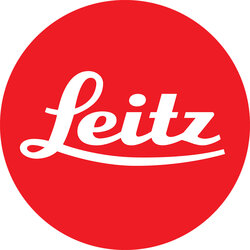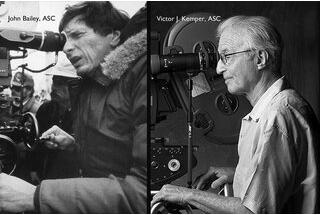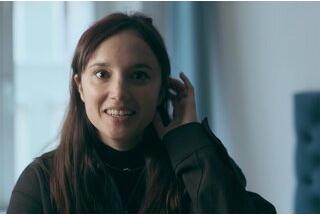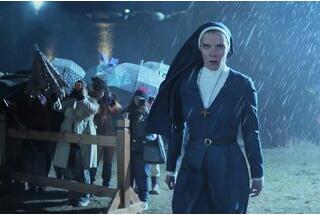The Zoetrope: From "Pif Gadget" to Luc Besson
By Ariane Damain Vergallo, for Ernst Leitz Wetzlar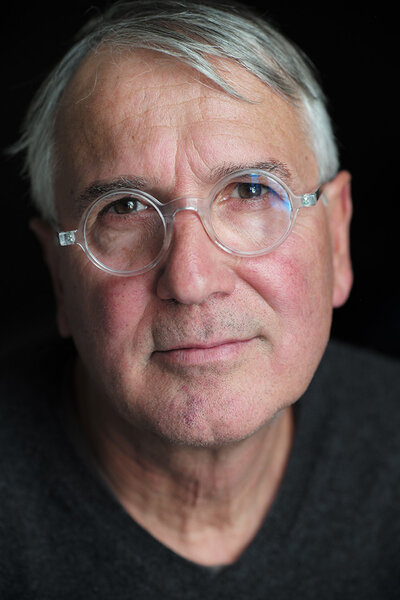
Valerian is the French tycoon’s latest opus and, incidentally, the most expensive and most anticipated film in European cinema. The choice of cameras and lenses was, therefore, crucial. One of the sets at The Cité du Cinéma was commandeered for three days and, among the various trials, one scene of the film was shot in almost identical conditions to the one that ended up in the film.
Inside the studio, we are... in the desert. A huge green screen is set up as background (a 4K image will later be composited in) and a thick layer of sand covers the floor. A jeep brakes abruptly in front of the camera (low-angle shot), raising clouds of dust and smoke. Three students from the nearby Louis-Lumière School come out of the Jeep and walk toward the camera (close-up). Luc Besson insisted on a "zenithal, shadowless sun", a technical conundrum that Thierry Arbogast solved with nine Spacelights, silked and equipped with black hangings, combined with other light sources reflecting on large pannels all around the set.
Valerian represented such a challenge that Thierry Arbogast decided to test absolutely everything, all the existing cameras (including a 70mm film one), all the existing spherical and anamorphic lenses. With no prior judgment...and no budgetary constraint, since the one pre-requisite was: "Let the best win!"
At the end of the 4K screening, as the F/X department deemed a potential 8K post-production "inadequate", it was decided to shoot with the traditional Alexa rather than the 65. The quality obtained for the Scope image, combined with the obvious lightness of the shooting equipment, tipped the balance and once again, the Super 35 format was chosen. Only two sets of spherical lenses could compete: the Zeiss Masterprimes and the Leica Summilux-C. A clash of titans.
Let us backtrack a bit to understand why the Leica Summilux-C was ultimately chosen.
Nogent-le-Rotrou, France. Young Thierry Arbogast is about 12 and school is not really his thing. He accidentally finds a Kodak 4x4 camera and starts making black-and-white portraits of his school chums — which no doubt brings him a notoriety that his studies don’t.
Then he discovers Sergio Leone’s Once Upon a Time in the West which, to this day, has remained his favorite film. By the time he turns 15, his schooling still far from stellar, his desperate parents decide to ship him off to Martinique where, for two years, he is to stay with an aunt who will (hopefully) "put him back on the right track." Impervious to his aunt’s efforts and fascinated by the West Indies light, he spends his time clicking away with his Super 8 still camera.
Back in France, he adds an anamorphic lens to his Super 8 camera — thereby coming up with a totally new format (2.66:1, twice 1.33:1) — and keeps shooting. Constantly, endlessly. Actually, he will never stop. His switch — his journey — from photography to cinematography is an factor he always returns to. Even today, his love for the moving picture remains up there with that for photo-portraits in his constant quest for the Perfect Image.
And to think it all started with a cardboard zoetrope offered by Pif Gadget, a French comic magazine in the early 1970s!
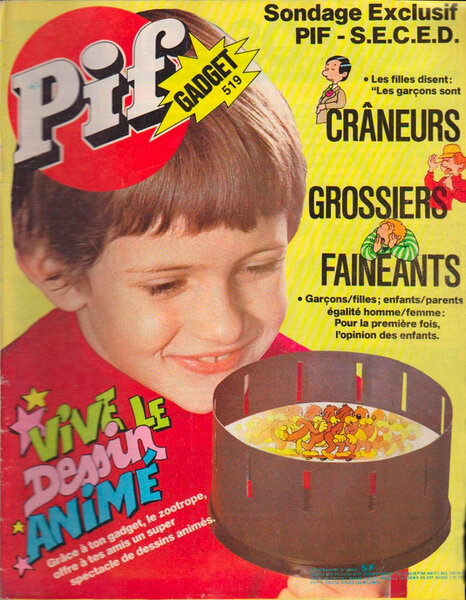
Once principal photography was completed on Valerian, Thierry Arbogast had this to say about the Leica Summilux-C from CW Sonderoptic: "Lenses must ooze a certain charm, and the charm emitted by these lenses is right up my alley. I like a "pictorial" image, a texture, a canvas, something special. The lightness, the mechanism, the flares, the finish, the precision, I like everything about them."
And when we talked about a specific Leica prototype-in-progress that seems to address his concerns, he gushes: "It’s actually as if Leica had asked me for my opinion!"
(Translated from French by Henri Béhar)
 En
En
 Fr
Fr